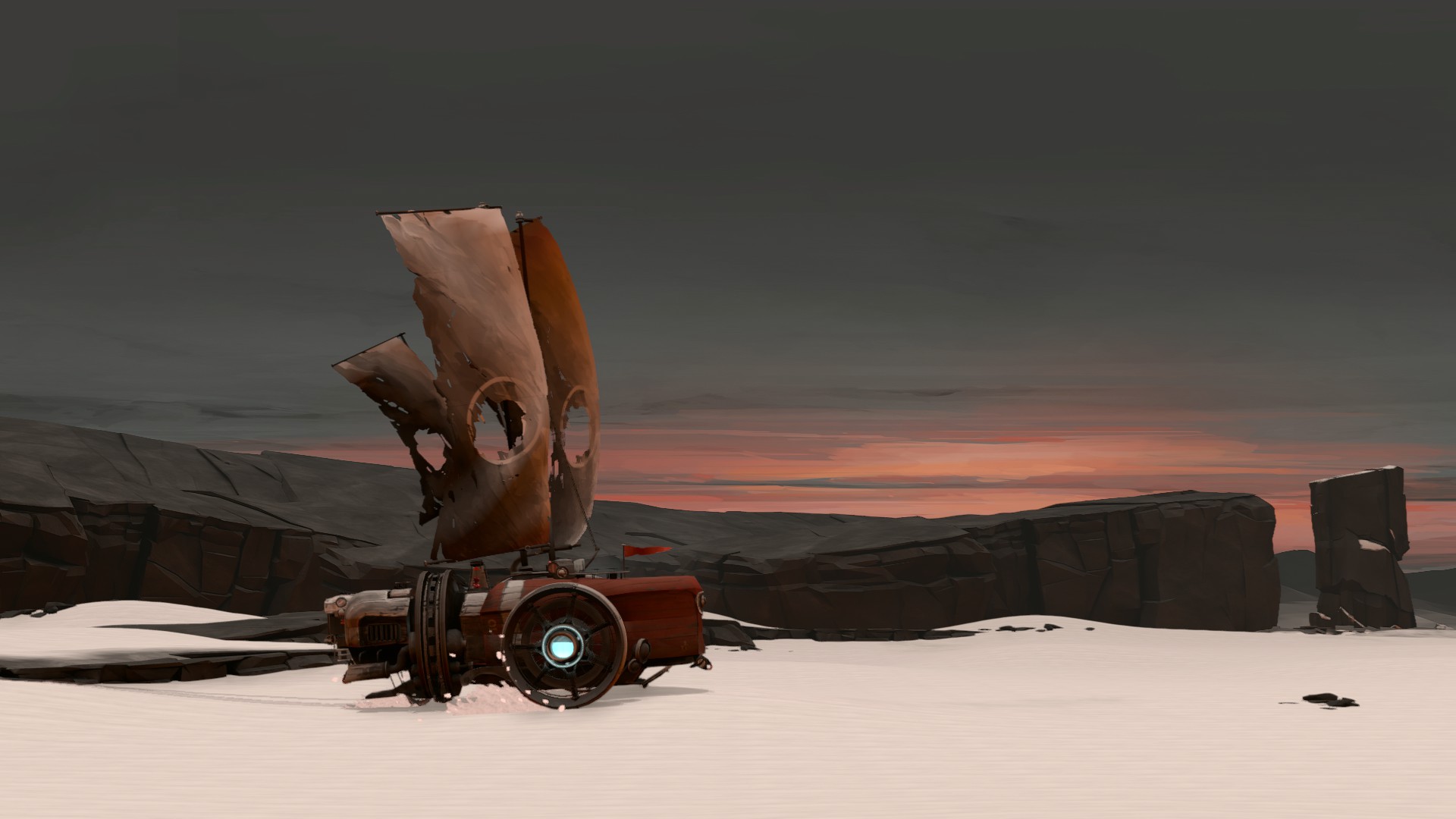FAR: Lone Sails review
A lonesome journey through a destructive, beautiful wasteland.
 FAR: Lone Sails reminds me that some games will often relegate gameplay to the backseat in service of their own narrative. FAR never does this. It tightly weaves its mechanics, sound, and visual design together like an impressionistic artwork. It’s been a difficult game to write a review for; I want to praise it as much as possible, but feel that the best experience comes from going in blind.
FAR: Lone Sails reminds me that some games will often relegate gameplay to the backseat in service of their own narrative. FAR never does this. It tightly weaves its mechanics, sound, and visual design together like an impressionistic artwork. It’s been a difficult game to write a review for; I want to praise it as much as possible, but feel that the best experience comes from going in blind.
I won’t be spoiling the story of FAR because it’s minimal. Discovering and figuring out how each mechanic flows together is what can be spoiled. It’s like Journey and Inside made a post-apocalyptic baby and FTL is the uncle; that’s the most accurate spoiler free comparison I can make. If that sounds like enough of a reason to pick it up, go! We good? Good.
An unnamed, indistinct traveller dressed in a striped traffic cone with a mailbox in hand, boards an Automoship (I had to call it something) and crosses countless landscapes in search of something. It’s never made clear what it is, but the focus here is on exploration. There’s an equal mix of driving the vehicle and travelling on foot to collect fuel, move obstacles, or install upgrades.
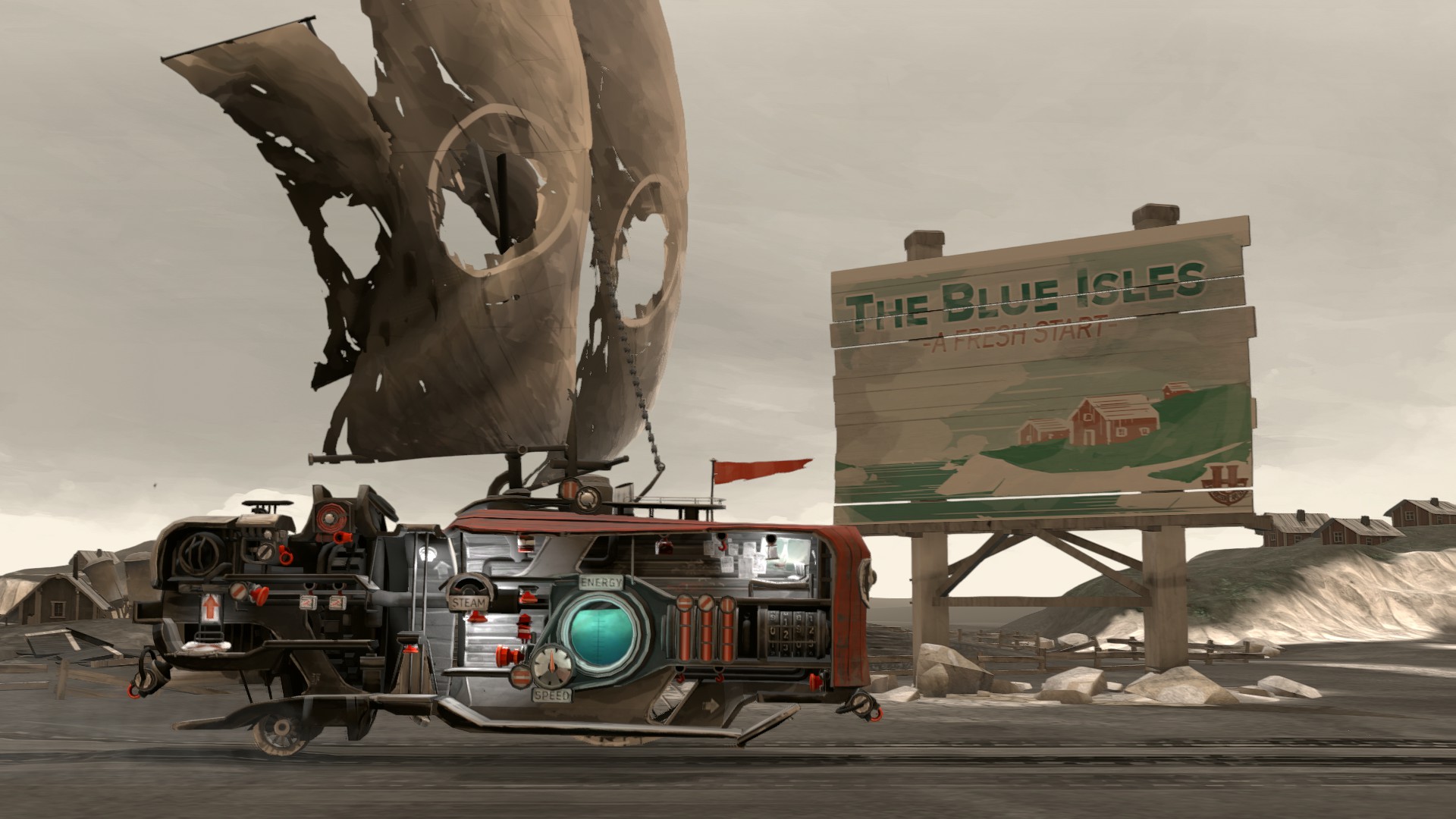
Exploration is key to our struggle – we have to push forward when there’s nothing behind us. The game is littered with the remains of a civilisation that clearly developed through the production of massive machinery. Ships litter a dried up sea floor with massive engineering feats making your vehicle seem pitiful in comparison. By sticking us in there alone we feel both helpless and powerful.
There are no enemies to kill or terrifying monsters to make your apocalyptic travels arduous. The seamless landscapes flow together, punctuated by storms and blizzards. The environment and your clashes with it are the only real danger here. You navigate the world like a platformer, but no world makes your character feel so small like FAR.
Your Automoship is the driving force of the game – there is no progression without it. Almost every puzzle, obstacle, or challenge needs you to utilise the vehicle in some way. This starts with the basic acceleration, refuelling, braking, and venting steam mechanics. Finding new attachments adds complexity as the journey continues and puzzles begin seamlessly implementing new solutions.
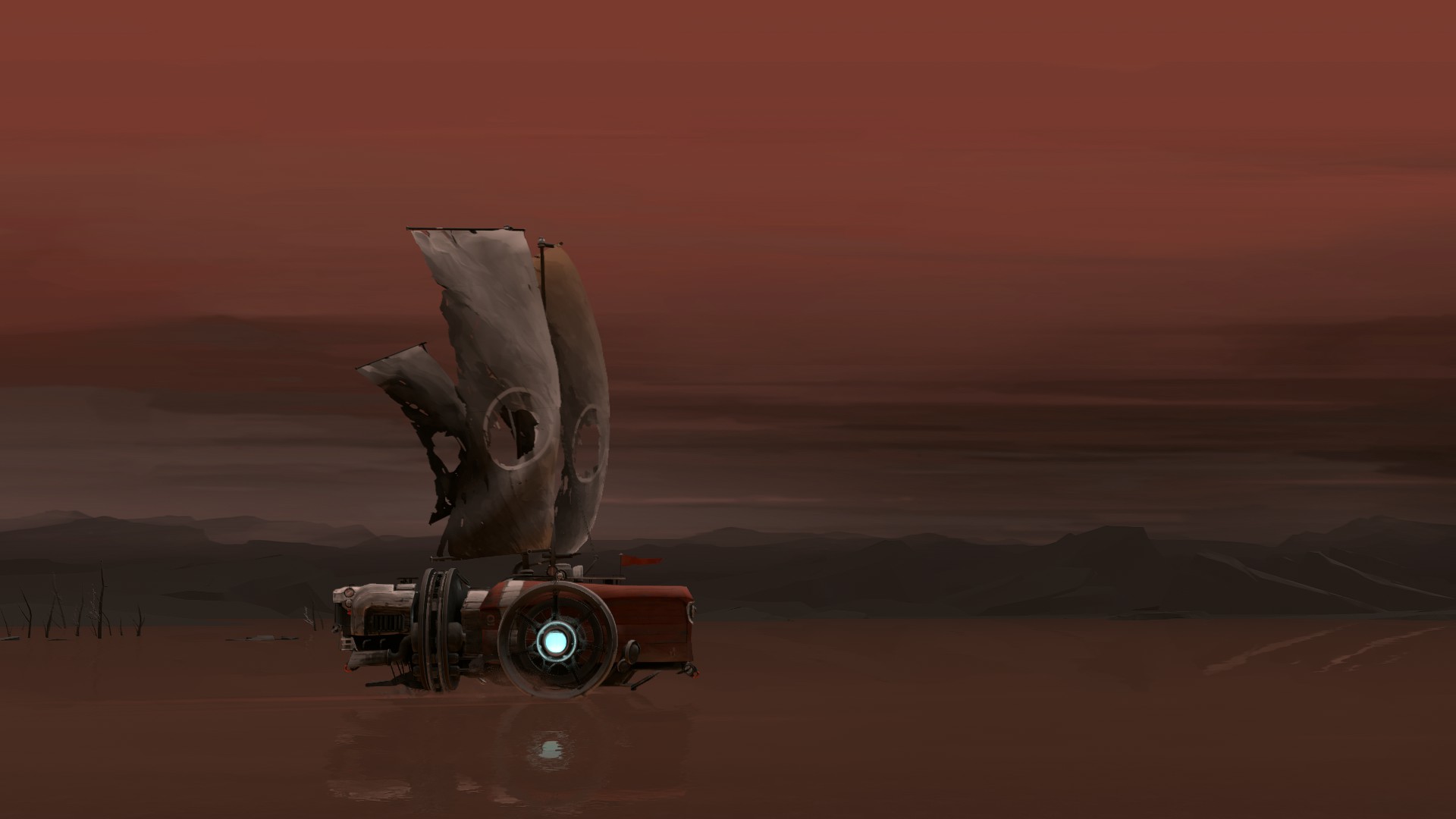
You’ll eventually get pimped out with a new set of sails, a vacuum for picking up fuel, a fire hose, and a welder to repair damaged parts. I loved the additions when I get the chance to use them, but I can’t help feeling that the more dynamic tools – like the welder and firehose – are slightly under-utilised.
Anything that isn’t bolted down can be used for fuel. Most fuel is strewn around the wasteland in boxes and barrels, but you can sacrifice some furniture to keep you going. Charming little additions like the radio and mailbox can be left hanging in your vehicle that you’ll slowly grow attached to.
Navigating the interior of your ship quickly is a fun challenge thanks to smooth, minimal controls. There’s a satisfaction to how efficiently you can manage each component without losing an engine or setting fire to the sails.
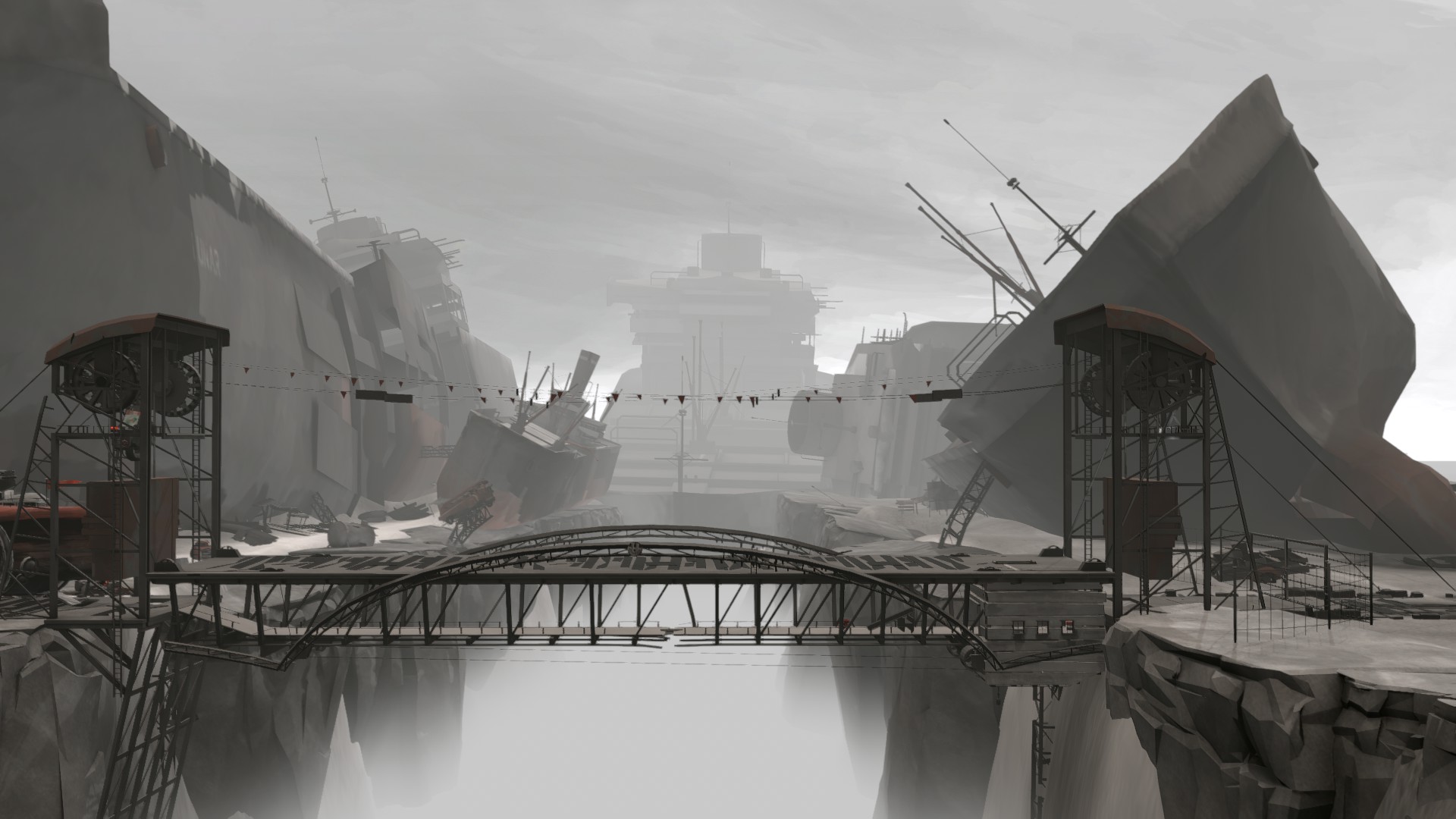
Everything feels remarkably practical. Running into a wall will damage your engine and low-hanging obstacles will cripple raised sails. This cultivates intuitive thinking in stressful situations. The visuals and sound design also do wonders at conveying information to the player rather than through a detailed interface. Brothers: A Tale of Two Sons is the last game I can remember playing that made puzzles feel so naturally connected to realistic problem-solving.
This is a game that makes you feel smart; you feel like each action has an impact because everything reacts a certain way for a reason. The lights spark on ignition if your engine is faulty. Your ship will shake and rattle if steam needs venting. You use the flag at the helm to know when to put a sail up. Even if you’re not paying total attention to the meters and dials on your vehicle, you’ll get more cues as the situation worsens.
The sound design is fantastic in this respect. It’s always tightly connected to what it represents and the reaction it elicits in the player. Functions in the vehicle have a distinct, tactile response with a punchy sound. At times I remembered to vent the steam just because the sound was so satisfying. If I did forget, the cabin walls rattled and the engine audibly strained, telling me to get a move on.

The interaction between weather, music, and sound is sublime. My most memorable moment had a hailstorm pelting the vehicle with crunchy pings on metal with accompanying plucked orchestral strings. And the game knows when to be quiet just as well as when to get loud.
The pacing of FAR is perfectly in sync with its visuals and soundtrack. There is just enough recovery time between harrowing, high-speed escapes and peaceful puzzle solving. And the visual transition between environments is some of the smoothest I’ve seen in a 2.5D game.
I completed the game in just under three hours in one sitting. I felt personally satisfied with the adventure and conclusion. Some will want a longer play time, but for what it’s worth, it feels like a complete experience. There’s a mood that FAR puts you in even without prioritising a story; it’s equally pleasant and terrifying.
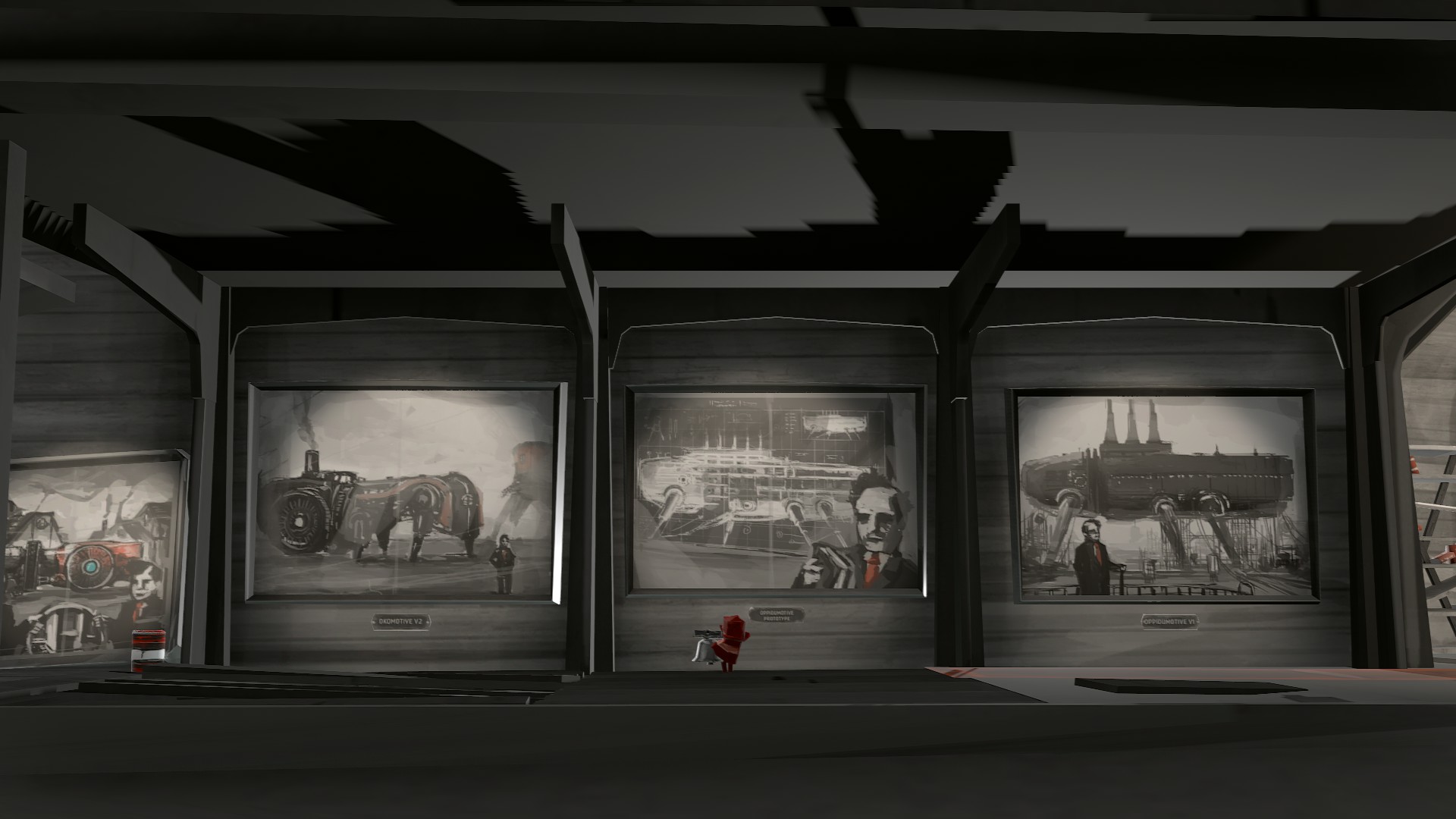
FAR: Lone Sails is an incredibly atmospheric and moving game. It’s a charming title that remembers storytelling isn’t all about spewing out dialogue or narration at every opportunity. Instead, it treats you like a player, doesn’t sacrifice mechanics for the sake of a story, and values the gameplay above all else. The mechanics and world of FAR are an absolute joy to experience. I only wish I could drive my Automoship for longer in this dried-up seabed.
FAR: Lone Sails will be available on Steam from 17th May.

